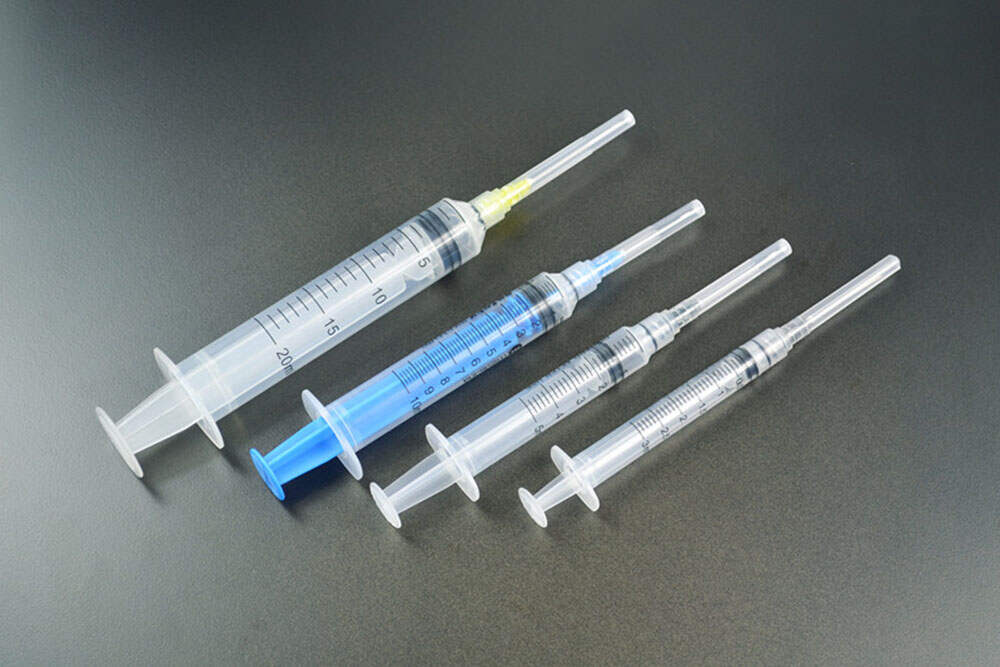Email format error
Email cannot be empty
Email already exists
6-20 characters(letters plus numbers only)
The password is inconsistent
Email format error
Email cannot be empty
Email does not exist
6-20 characters(letters plus numbers only)
The password is inconsistent

Plastic Injection Moulding Machine Manufacturer
Latest Blog

Guide to Choosing Disposable Syringe Making Machine Suppliers
1. Background and Importance of Disposable Syringes
1.1 Overview
In both modern healthcare and daily life, disposable syringes play an indispensable role. These syringes ensure the safety of medical procedures and are crucial in disease prevention and treatment. From traditional glass syringes to contemporary plastic ones, manufacturing processes and technologies have evolved and improved significantly.
2. Evolution of Syringe Manufacturing Processes
2.1 A Brief Historical Overview
Tracing back through history, the manufacturing of syringes has transitioned from manual craftsmanship to automated production. In the early days, artisans crafted syringes by hand. However, with the advent of the industrial revolution, disposable syringe-making machine suppliers emerged, ushering in a leap in production efficiency. Technological advancements and material innovations have made modern syringes safer, more reliable, and more efficient.
3. Core Components of Syringe-Making Machines
3.1 Detailed Components
Modern manufacturing machines, including those for syringes, comprise several crucial components, such as syringe molds, injection systems, and automated control units. Each component serves a unique function; for instance, the injection system ensures precise fluid volumes and pressures, while the control unit oversees the automation of the entire production process.
4. Types and Characteristics of Syringe-Making Machines
4.1 Overview of Machine Types
The contemporary market offers various types of syringe-making machines, including manual, semi-automatic, and fully automatic variants. Each type has its advantages and limitations, catering to different scales and production requirements. For instance, manual machines are suitable for small-scale production, while fully automatic ones are apt for large-scale industrial manufacturing.
4.2 Characteristics of Each Type
While manual machines typically have lower costs, their production efficiency is limited. Conversely, semi-automatic and fully automatic machines enhance production efficiency and consistency. However, selecting the appropriate machine type necessitates considering multiple factors, including production needs, budget constraints, and technological requirements.
5. Key Considerations When Choosing Disposable Syringe-Making Machine Suppliers
5.1 Quality and Compliance
Selecting reputable disposable syringe-making machine suppliers is paramount. Suppliers should offer machines that adhere to international quality and safety standards, ensuring the production of high-quality and safe syringes. Additionally, compliance with relevant regulations and standards is another critical factor in ensuring adherence to legal and industry requirements.
5.2 After-Sales Service and Support
Beyond product quality, the after-sales service and support provided by suppliers are equally crucial. This encompasses offering regular maintenance, training, and technical support to ensure the optimal functioning and efficiency of production equipment. Choosing suppliers with robust customer support and service infrastructure fosters long-term success.
5.3 Cost and Investment Considerations
When contemplating investing in disposable syringe-making machines, cost-benefit analysis and return on investment (ROI) are pivotal considerations. While initial costs may be substantial, high-quality and efficient machines promise greater returns and competitive advantages in the long run.
Through this comprehensive guide, readers gain insights into disposable syringe-making machines and the critical factors to consider when selecting suppliers. The content spans historical developments, modern technologies, and essential considerations, offering a holistic view of the topic.

